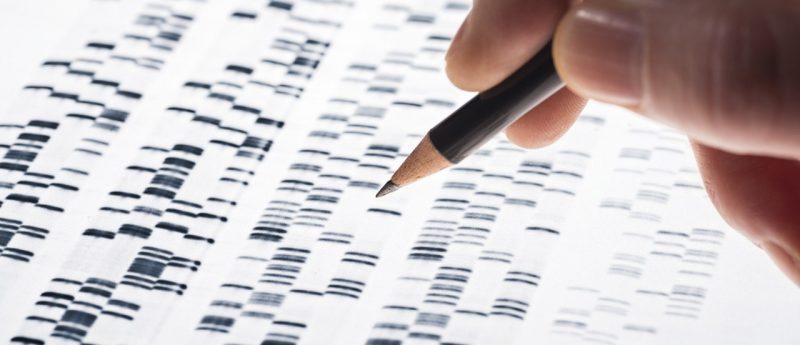New gene transfer method developed for Duchenne muscle dystrophy

Researchers have developed a new gene transfer approach that uses an adeno-associated virus vector to deliver a modified dystrophin gene to muscle.
Researchers from the University of Missouri (MO, USA), National Center for Advancing Translational Sciences (MD, USA), University of Washington (WA, USA) and Solid Biosciences, LLC (MA,USA) have developed a new gene transfer method that uses adeno-associated viruses (AAV) along with a modified version of the dystrophin gene. The new method has been shown to be effective when tested in a murine model and was recently published in Molecular Therapy – Methods & Clinical Development.
“Duchenne muscular dystrophy is a lethal muscle wasting disease that confines young boys to a wheelchair by their teens,” commented study senior author and medical researcher Dongsheng Duan (University of Missouri). “We believe that the data presented in our study provides compelling preclinical evidence to support the evaluation of AAV micro-dystrophin gene transfer in Duchenne muscular dystrophy patients.”
Due to the limited packaging capacity of AAVs and the size of the dystrophin gene it is not possible for a whole gene to be transferred. To overcome this issue researchers have designed miniature versions of the dystrophin gene that contain the critical DNA sequences for restoring muscle function. Previously, the miniature versions had not had the nNOS-binding domain, which facilitates blood perfusion during muscle contraction, which has made their applications limited.
To overcome this limitation researchers have developed a new AAV microdystrophin vector containing the critical nNOS-binding domain. In addition, this vector contains a novel regulatory cassette that drives expression of the dystrophin gene, specifically in muscle cells.
To demonstrate the effectiveness of the new vector researchers used a murine model that mimics Duchenne muscular dystrophy. After treatment with AAV high levels of the protein in muscles was demonstrated and muscle force was normalized.
“There is still a lot to learn about the dystrophin gene, the dystrophin protein, Duchenne muscular dystrophy disease mechanisms and gene transfer vectors,” said Duan.
“Future studies will hopefully allow us to develop a more effective therapy to treat Duchenne muscular dystrophy in the coming years,” Duan concluded.
Sources: Hakim C, Wasala N, Pan X et al. A Five-Repeat Micro-Dystrophin Gene Ameliorated Dystrophic Phenotype in the Severe DBA/2J-mdx Model of Duchenne Muscular Dystrophy. Mol. Ther. Methods Clin. Dev. http://dx.doi.org/10.1016/j.om… (Epub) (2017); https://www.sciencedaily.com/r…